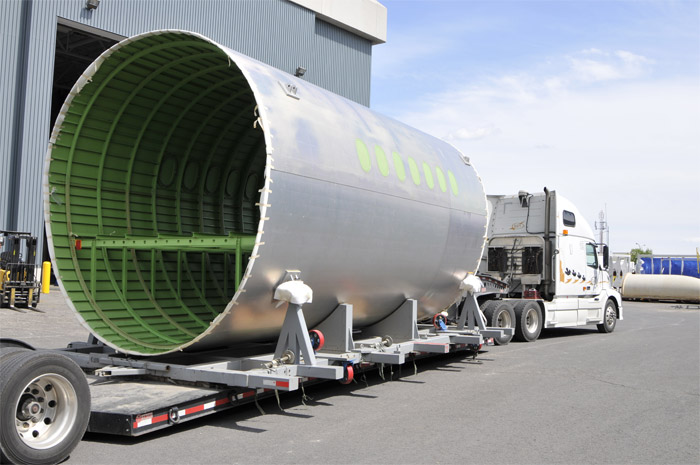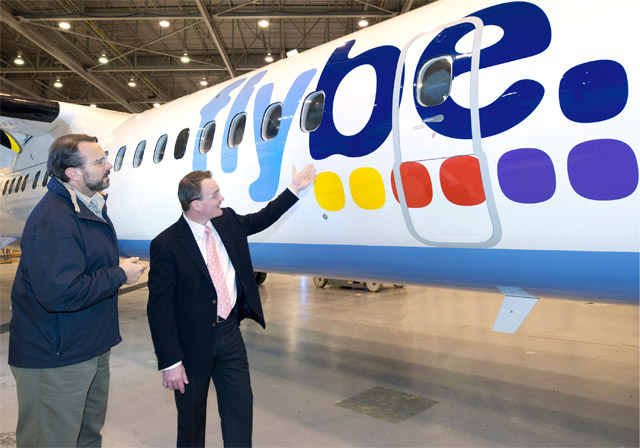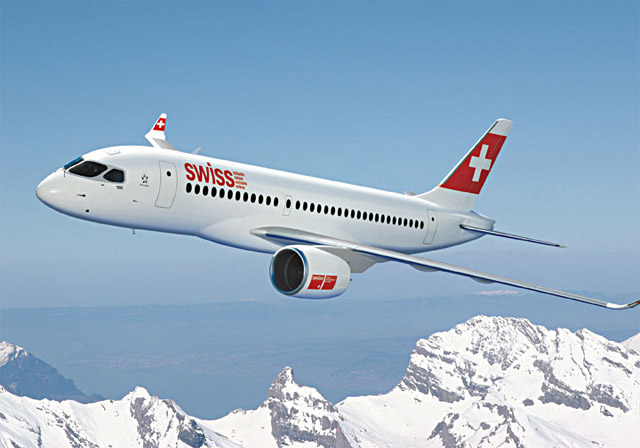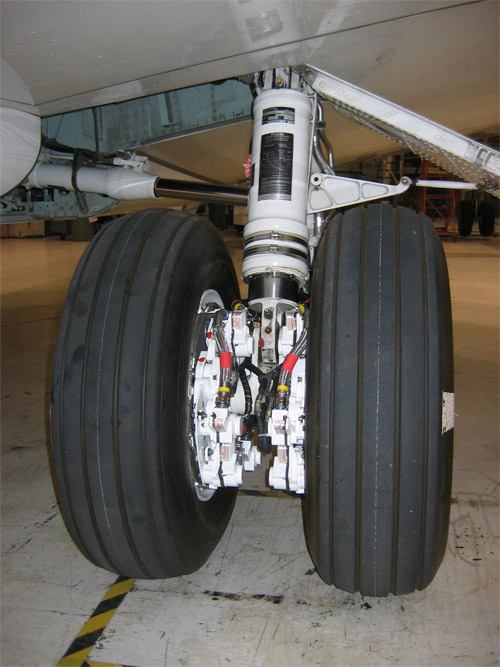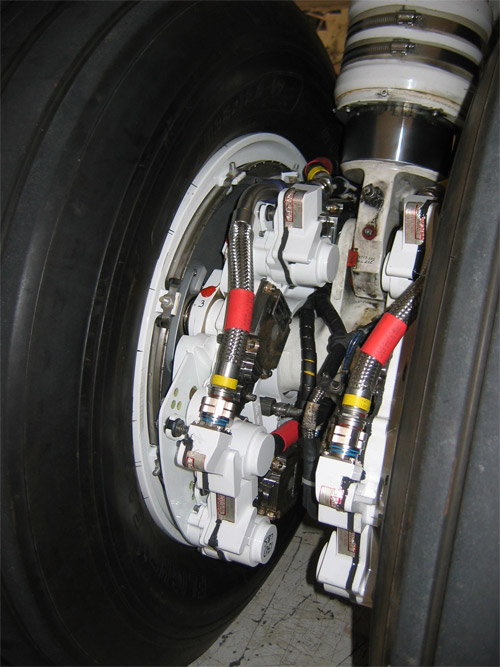Bombardier Aerospace announced today that Deutsche Lufthansa AG, the launch customer for the CSeries aircraft program, has signed a firm purchase agreement for 30 CSeries model CS100 (formerly C110) aircraft. These aircraft will be operated by Lufthansa’s subsidiary Swiss International Air Lines Ltd. The agreement also includes options on an additional 30 CSeries aircraft.
The Lufthansa Group became the launch customer for the CSeries aircraft family in July 2008 when it signed a Letter of Interest (LOI) for up to 60 aircraft, including 30 options.
“Our purchase agreement with Bombardier for CSeries aircraft is a renewal of Lufthansa’s commitment to commercial success balanced by environmental and business policies oriented toward sustainability and passenger comfort,†said Nico Buchholz, Senior Vice President, Corporate Fleet, Lufthansa. “We are proud to be the launch customer for the CSeries family of aircraft which meets our requirements for sustainable fleet development including significant reductions in fuel burn and noise, as well as offering flexibility for the future.â€
“Having Lufthansa – known throughout the airline industry for its stringent engineering and technical standards – sign this purchase agreement for our CSeries aircraft, confirms their confidence in the airplane and the future of the program,†said Gary R. Scott, President, Bombardier Commercial Aircraft. “We, at Bombardier, are delighted to have Lufthansa working with us from the beginning as we develop a family of aircraft designed specifically to meet the needs of the 100- to 149-seat market segment.â€
Bombardier Aerospace also today announced the launch of new model designations for its CSeries family of aircraft. The 110-seat configuration (previously known as the C110 aircraft) will be designated the CSeries model CS100 aircraft and the 130-seat configuration (formerly the C130 aircraft) will be designated the CSeries model CS300 aircraft.
The 110-seat and 130-seat CSeries family of aircraft brings unmatched passenger comfort, performance, and operating economics, benefiting from the latest technological advancements, including: fourth-generation aerodynamics; increased use of composites and advanced aluminium alloys in structures; the very latest in system technologies, such as fly-by-wire, electric brakes, and a next-generation engine – the Pratt & Whitney PurePowerTM PW1000G engine. PurePowerTM represents a significant breakthrough in turbofan technology, especially on the environmental front where it will set new benchmarks from dramatically reduced fuel burn, noise, and emissions.
The CSeries family will enter into service in 2013.
The CS100 and CS300 aircraft models will share a new common centerline engine and have the same crew type rating, operating and maintenance procedures. Each of the aircraft models will also have operational flexibility to permit utilization on both short-haul and transcontinental routes.
Source: Bombardier
Photo: Bombardier

